
Published:
Readtime: 11 min
Every product is carefully selected by our editors and experts. If you buy from a link, we may earn a commission. Learn more. For more information on how we test products, click here.
In recent times, the term “nangs” has piqued the curiosity of many. Predominantly known in Australia, “nangs” refers to small canisters filled with nitrous oxide, a compound with various applications, including culinary and recreational uses. This guide dives deep into the world of nangs, tracing its history, uses, and why it has become a buzzword today. Whether you recognise it as “whippets”, “hippy crack”, or by its chemical notation N₂O, nitrous oxide serves multiple purposes.
While it is widely utilised in the food industry to whip cream to a fluffy consistency, it has also found a place in recreational activities, giving it a controversial standing in society. Join us as we explore the multifaceted history and applications of nitrous oxide, commonly known as laughing gas.
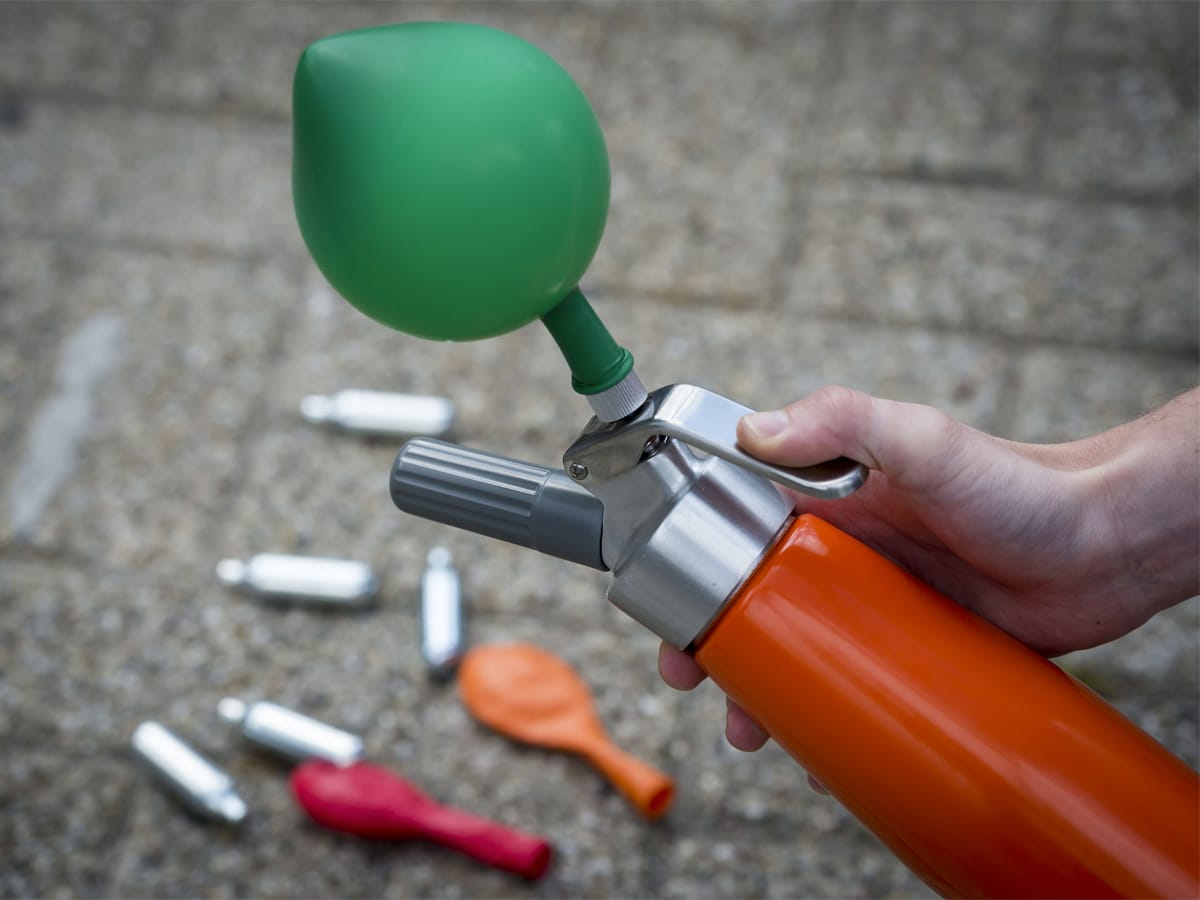
What are Nangs?
“Nangs,” commonly known as small metal cylinders containing about eight grams of nitrous oxide, serve a dual purpose in today’s society. Initially intended for culinary applications, these canisters are used to aerate creams and gels, typically utilised with a cream siphon—a device resembling a large water bottle equipped with a spout and trigger. However, the versatility of nangs has led to their adaptation for recreational use, particularly among the youth in Australia where it is colloquially termed a “Nanginator”.
Individuals seeking a brief high, lasting approximately 30 seconds to a minute, employ various methods to inhale the gas. The most common method involves using “crackers,” devices with a sharp pin and holes in the cap that can pierce the nang’s seal, releasing the gas into a balloon which is then inhaled. Despite the popularity of inhaling multiple nangs through large balloons, a practice believed to enhance the experience through hyperventilation, it is advised to approach with caution as medical professionals deem it potentially unsafe.

Nangs in Australia
In Australia, Nangs have observed a long and detailed patronage. Their ubiquity among university students has been widely reported, and concerns have been raised over the product’s freedom of accessibility. According to a report published in 2018 by Nicole Lee, a Professor at the National Drug Research Institute at Curtin University, and Stephen Bright, a Senior Lecturer of Addiction at Edith Cowan University, nangs are generally mixed with oxygen and inhaled through a face mask.
This application helps patients relax during procedures that don’t require a general anaesthetic, such as childbirth and minor dental surgery. Despite the medical use, however, inhalation of Nitrous oxide on its own can also give the recreational user an incredibly short but intense high. The word “nang” itself is thought to be derived from the sound distortion that a user hears in quick repetition when they’re experiencing the high.
“It has been used recreationally since the late 1700s when British aristocrats held “laughing gas parties”,” the academic duo explained. “With the expansion of its use in medical settings in the late 1880s, and hence its availability, it became more popular as a recreational drug.”
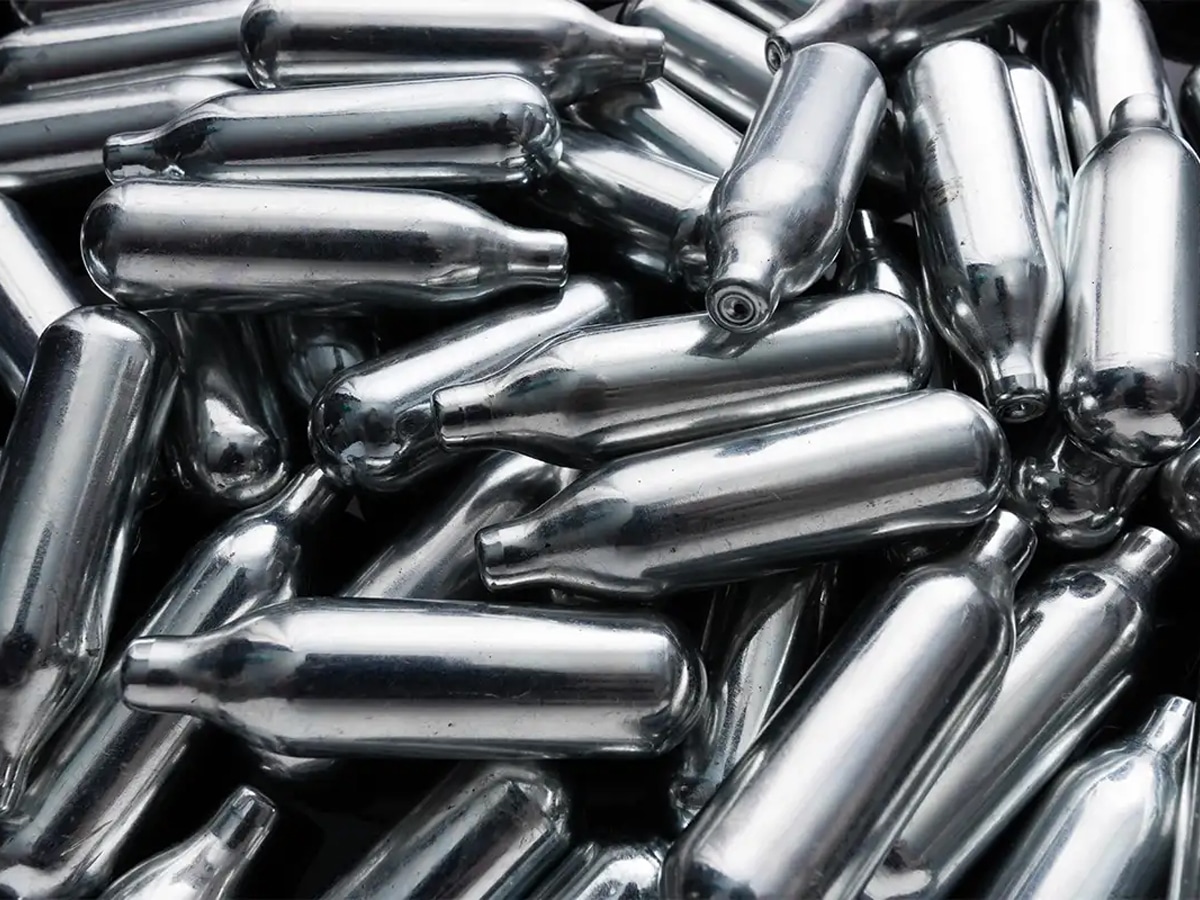
Are Nangs Illegal?
The straightforward answer is no. While the term ‘nangs’ may often be associated with illegal activities, they are not prohibited by law in and of themselves. However, the context in which they are used can dictate their legality. It’s essential to understand the specific regulations surrounding nangs in your region and the intent behind their use. As the ABC explained, possessing and selling nitrous oxide is not illegal in many Australian states – unless the seller has a reasonable expectation it will be misused.
Given its nature as a food-grade product, policing the use of nitrous oxide as a drug is incredibly difficult. In the UK, it can’t be labelled as anything other than a food product, as is the case in the US. Certain parts of the USA may restrict their sale to adults and cap limits on how many a consumer can purchase in a single transaction, though this is as far as regulation gets.
The sale of nangs in Australia is legal, and a pack of ten costs about AUD$10. As their popularity increases, more and more places have become stockists, with nangs now readily available in just about every corner store and late-night 7-Elevens.
More recently, concerns have been raised over a spate of delivery options for nang-related products. As the ABC outlined, in 2022, the gas was listed as a Schedule 6 poison — meaning that the product’s packaging must include labels identifying it as a poison and warning that it could cause nerve damage if inhaled. Further to that, Western Australia has introduced new laws designed to clamp down on misues of nitrous oxide by young people, limiting the purchase to registered food and beverage businesses and restricting the size of canisters.
Nangs Laws in Australia
In most Australian states and territories, the sale of nitrous oxide is regulated by the Controlled Substances Act (1984)(external site). The Act was updated in 2019 to include regulations that impose penalties for the sale of nitrous oxide for brick and mortar stores and online businesses. Under the Controlled Substances (Poisons) (Nitrous Oxide) Variation Regulations 2019 it is an offence to:
- sell or supply to people under the age of 18
- sell between the hours of 10pm and 5am
- make nitrous oxide visible or accessible to the public in retail stores
- fail to display a notice on the premises that details the offence of selling to under 18s.
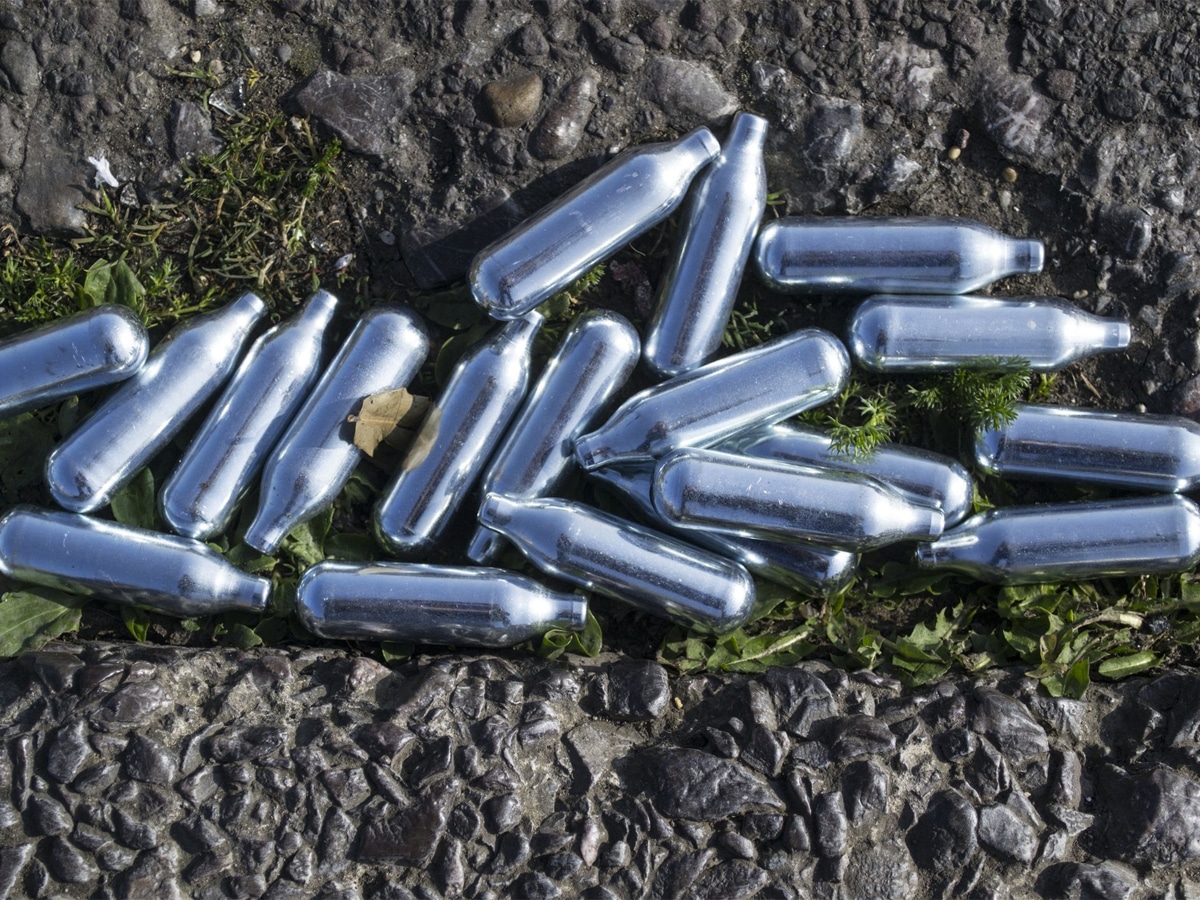
What are the Effects of Nitrous Oxide /Nangs?
When inhaled, nitrous oxide gives the user an intense feeling of euphoria and lightheadedness for a very short period of time. Lasting for at least 20 seconds, a nang user will feel giddy, dizzy, relaxed, and giggly, often ending up in fits of laughter.
Most will consume several nangs in one sitting, though the high is roughly the same for each individual use, and doesn’t increase with each nang.
There is no “comedown”, as there is with most party drugs, and a user will be back to their usual self within a couple of minutes. Given their low cost and popularity, they’re often the drug of choice for a group of friends, though serious users have been known to use them alone.
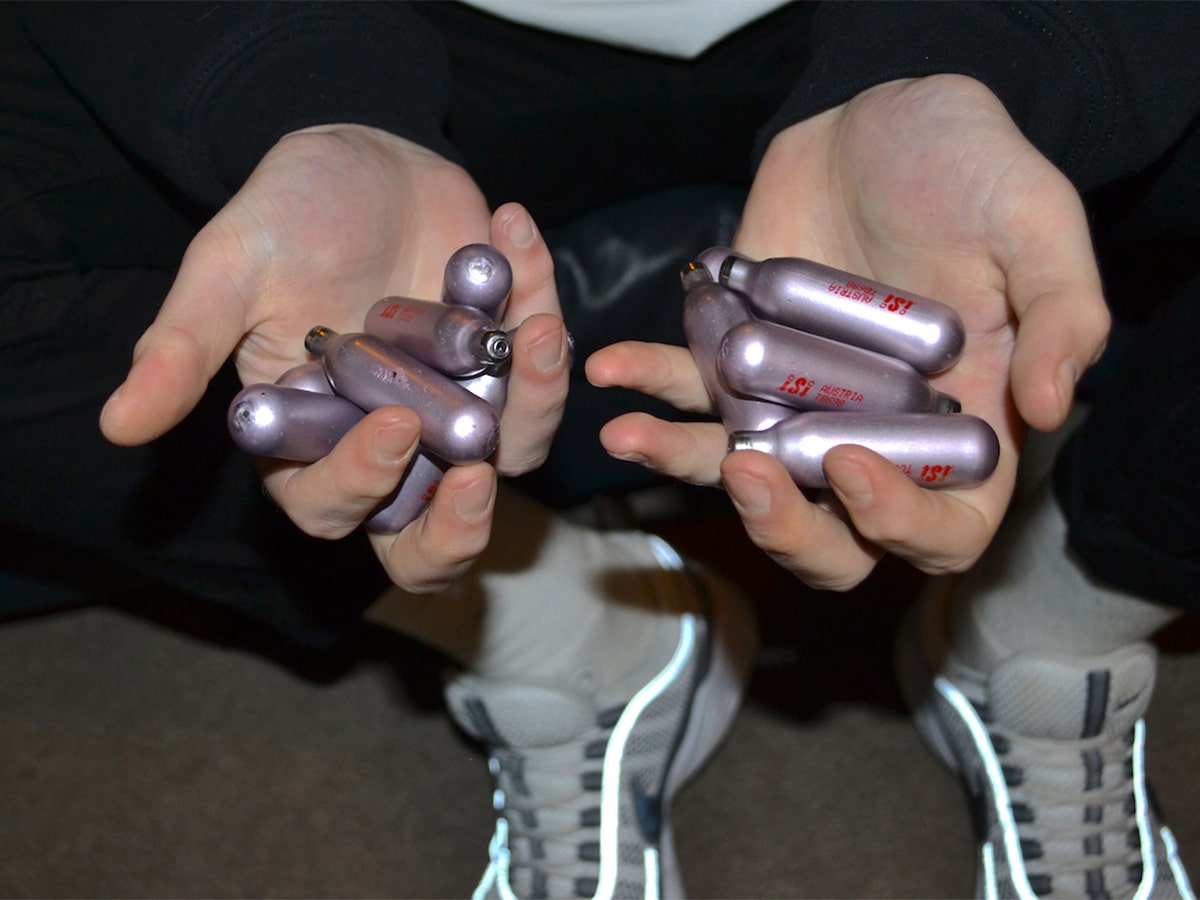
Are Nangs Dangerous?
While nitrous oxide is regularly used safely under controlled conditions in dental surgeries and the like, it is not without its downsides, and improper use can have negative effects. The dizziness, dissociation, and temporary loss of motor control, which may make nangs appealing to the recreational user in the first place, also make them unsafe to inhale while standing up.
In fact, a 2020 report from the NSW Poisons Information Centre indicated a significant increase in cases related to nitrous oxide poisoning, with hospitals in NSW noting an increase in severe nitrous oxide poisoning presentations. Nitrous oxide can also be addictive, especially given its short-lived effect. A 2023 study from the National Drug and Alcohol Research Centre found that 40 per cent of respondents admitted to using nitrous oxide in the past six months.
Death can result if nitrous oxide is inhaled in such a way that not enough oxygen is breathed in, though a significantly large amount would have to be inhaled: a lot more than comes in a single bulb. This said, 28 deaths in the UK over the past 20 years have had nitrous oxide listed as a contributing factor on the death certificate. As Professors Lee and Bright explained, if a person has small, infrequent doses, there is a low risk of significant problems with this drug.
“It is very rare to overdose from recreational use of nitrous oxide, but it can affect coordination and judgement,” the experts said. “Overdose deaths have been reported in the United Kingdom and United States but we are not aware of any in Australia.”
Also, while the pure gas itself is not toxic, long-term use has been associated with vitamin B12 deficiency. B12 is vital to the human body to maintain healthy red blood cells, and a lack of it can lead to anaemia due to reduced haemopoiesis, neuropathy, tinnitus, and numbness in fingers and toes. It is also strongly advised that pregnant women do not partake, as nitrous oxide is both teratogenic (meaning it can disturb the development of an embryo or foetus) and foetotoxic (meaning it can be directly toxic to a developing foetus).
Short-Term Effects of Nangs
Inhaling nitrous oxide produces a rapid and short-lived rush of euphoria, happiness or excitement. According to the Australian Alcohol and Drug Foundation, using nitrous oxide nangs recreational may lead to the following short-term effects:
- dissociation of the mind from the body (a sense of floating)
- changes in thoughts, feelings and perceptions
- visual and auditory hallucinations (more likely to occur when mixed with other drugs).
Long-Term Effects of Nangs
As Professor Bright and Professor Lee explained, extended use of nangs, while rare, may lead to some long-term effects – most notably a vitamin B12 deficiency. Regular use or prolonged exposure to nitrous oxide may result in:
- memory loss
- vitamin B12 depletion (long-term depletion causes brain and nerve damage)
- ringing or buzzing in the ears
- incontinence
- numbness in the hands or feet
- limb spasms
- potential birth defects (if used during pregnancy)
- weakened immune system
- disruption to reproductive systems
- depression
- psychological dependence
- psychosis.6, 10-12
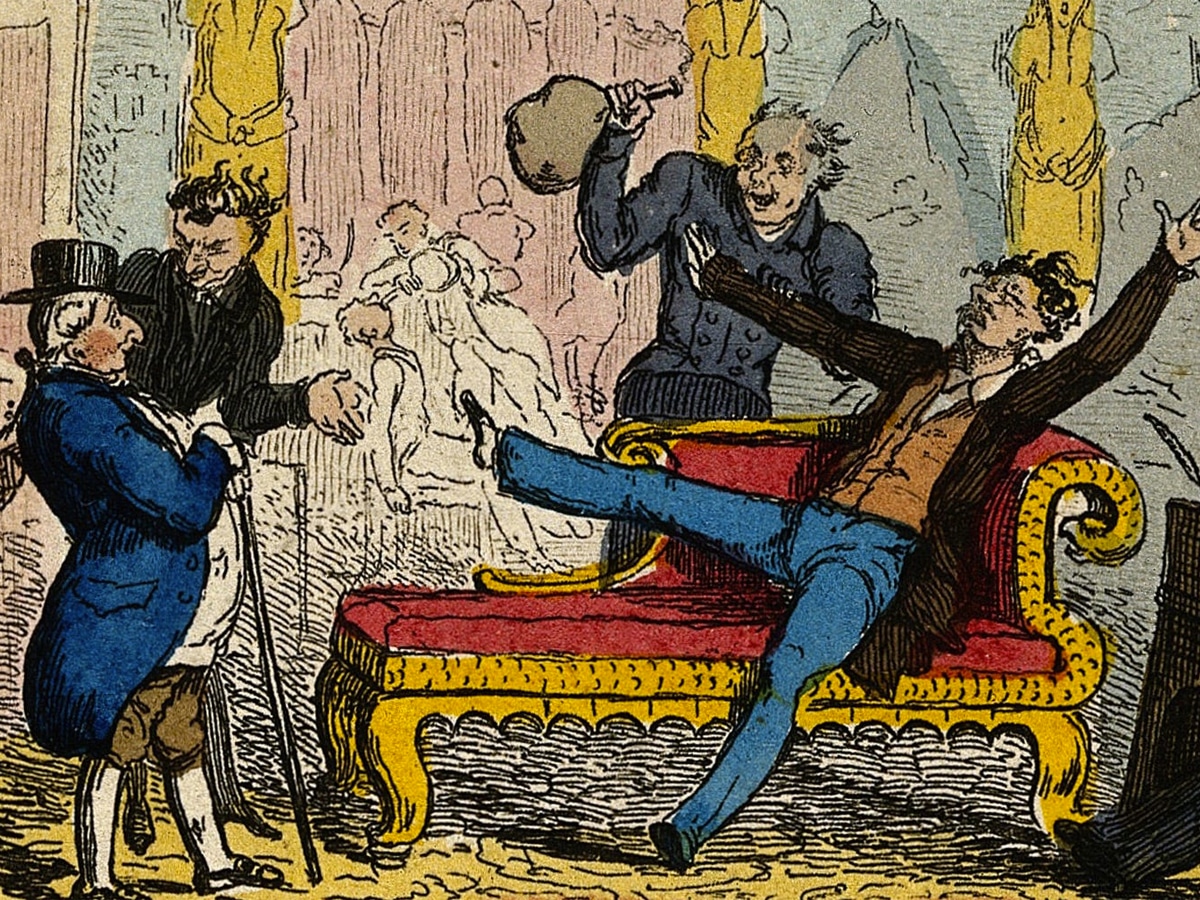
A History of Nangs
While many may sneer at today’s youth using cream chargers to score cheap kicks, the recreational use of nitrous oxide dates back to 1799, when British aristocrats hosted “Laughing Gas Parties.” Dignitaries such as 19th-century American philosopher and psychologist William James and his contemporaries were also known to partake in N2O use. He specifically claimed to: “Experience the fusing of dichotomies into a unity and a revelation of ultimate truth” when he was high on the gas.
While he claimed to observe a man under the influence of nitrous oxide, “Understand the meaning of the universe”, he also noted that memory loss was evident imminently once the mask was removed, and the subject was incoherent. A US study looking at users from North America in 1972 recorded no adverse effects noted in over 100 people who regularly used nitrous oxide as a party drug who were surveyed.
Nowadays, nitrous oxide use is not only commonplace amongst many youth circles, but its ubiquity means that it has the potential for growth.
“Recent media stories have reported a “nang epidemic”. One newspaper claimed schoolies have been spending thousands of dollars on nitrous oxide,” Professor Bright and Professor Lee wrote. “But the story seems to be based on a single Facebook post in which one alleged school leaver said they had spent “A$49,000 on nangs”, which equates to about 49,000 bulbs. It’s likely he was embellishing for his Facebook audience.”
“We don’t know for sure how many young people use this drug, or how often. Our best data source for population drug trends in Australia, the National Drug Strategy Household Survey, doesn’t specifically ask about nitrous oxide use.”
In conclusion, nangs pose a difficult dilemma. Cheap and highly accessible, the nitrous oxide canisters can prove to be highly dangerous, particularly when mixed with alcohol and GHB or other depressants. Regulation, however, proves to be a challenge and legislative reform may take significant time.
Getting Help
If nitrous oxide use has become a problem for you or someone you know, consider getting help from a registered counsellor or organisation. As Your Room explained, free and confidential support, 24 hours a day 7 days a week, is available from the following services:
- Alcohol Drug Information Service (ADIS) on 1800 250 015 or via Web Chat (Monday to Friday 8.30am – 5pm including public holidays)
- Lifeline on 13 11 14 or visit lifeline.org.au
- Headspace at headspace centres, online via eheadspace and on 1800 650 890 (for young people aged 12 to 25 years old)
- ReachOut at au.reachout.com
- Mental Health Access Line on 1800 011 511
- Suicide Call Back Service on 1300 659 467 or visit suicidecallbackservice.org.au
- Counselling Online at counsellingonline.org.au
Disclosure: The contents of this article are intended for educational purposes. The authors of this post are not medical professionals and the information included within should not be treated as medical advice. Please consult your doctor or other qualified healthcare professional before taking any medication mentioned in this article.




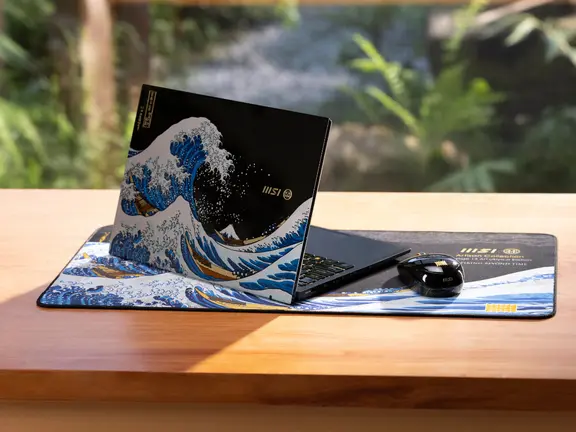
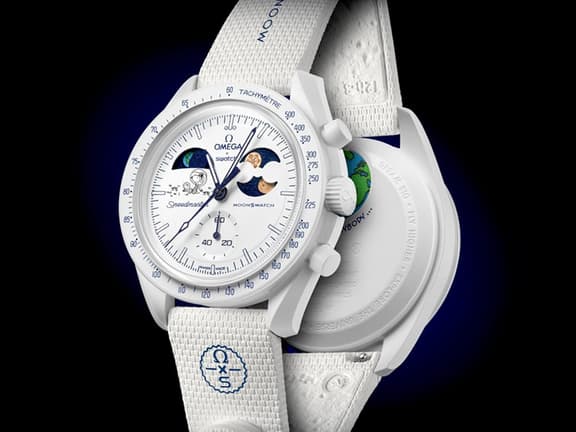



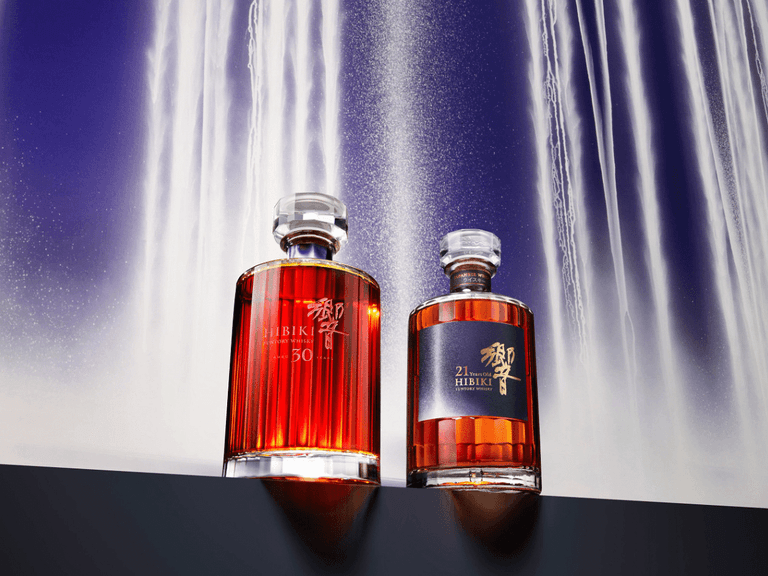



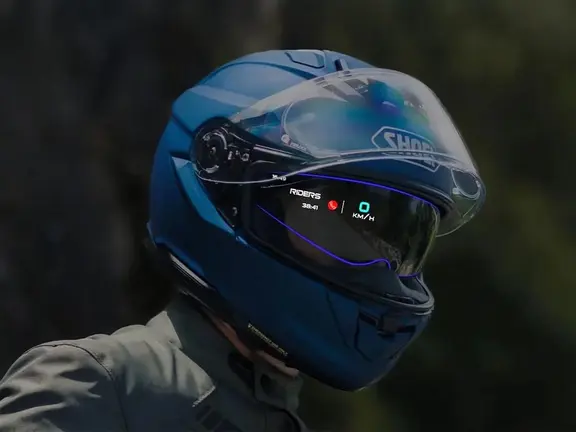






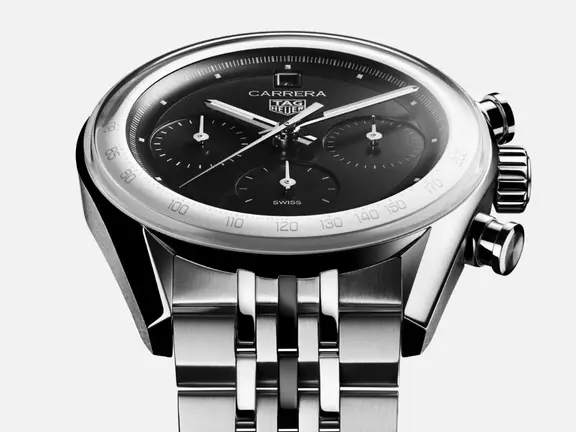

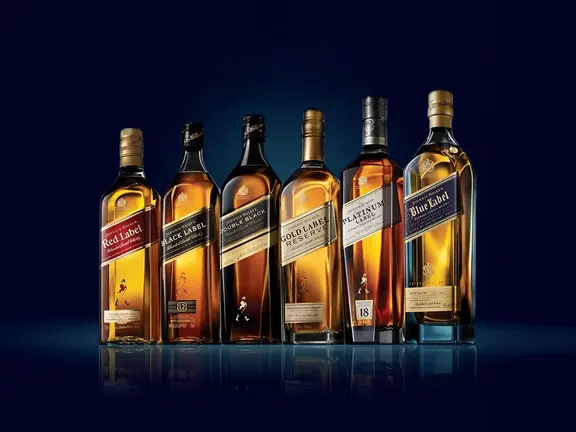










Comments
We love hearing from you. or to leave a comment.